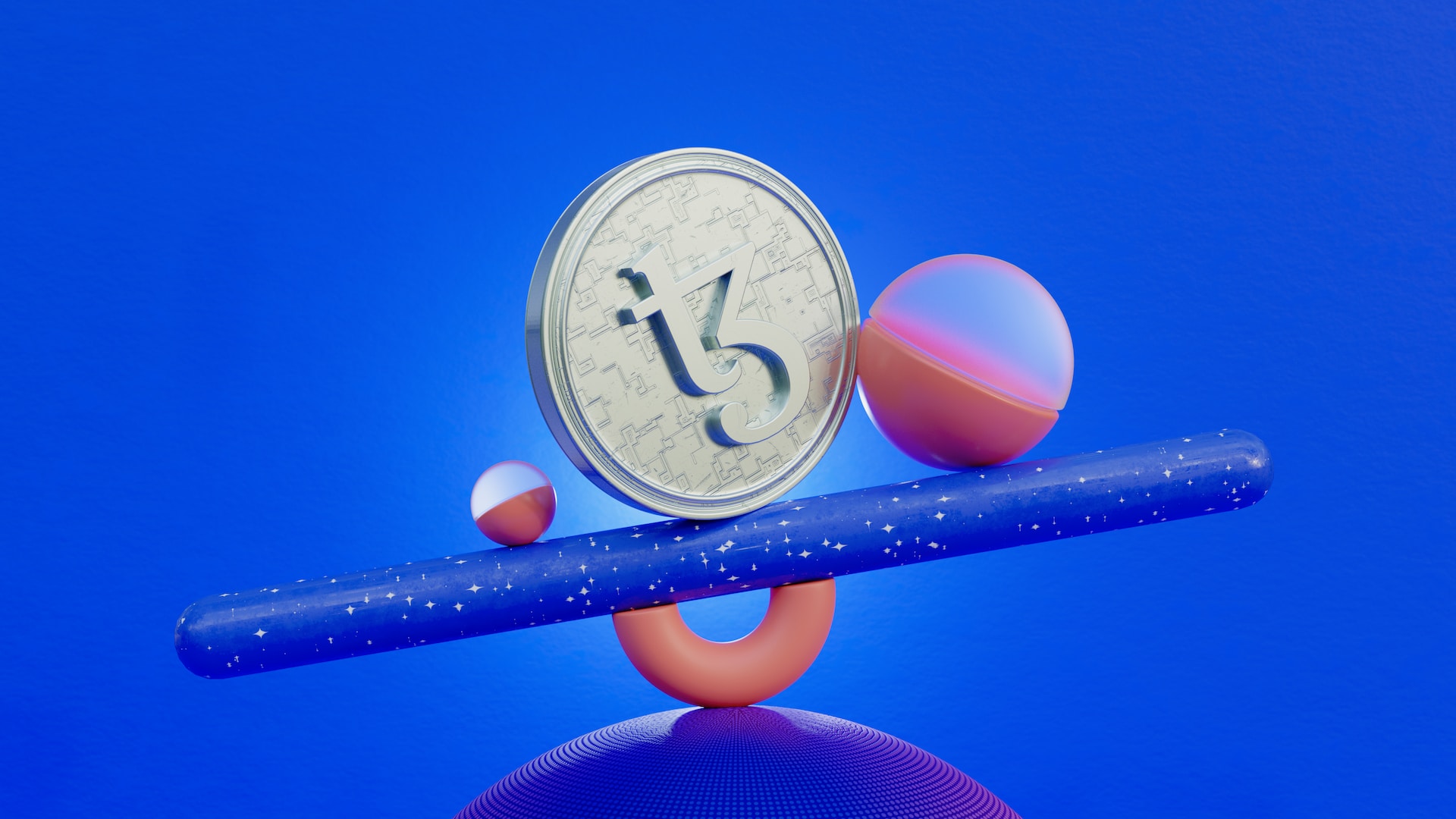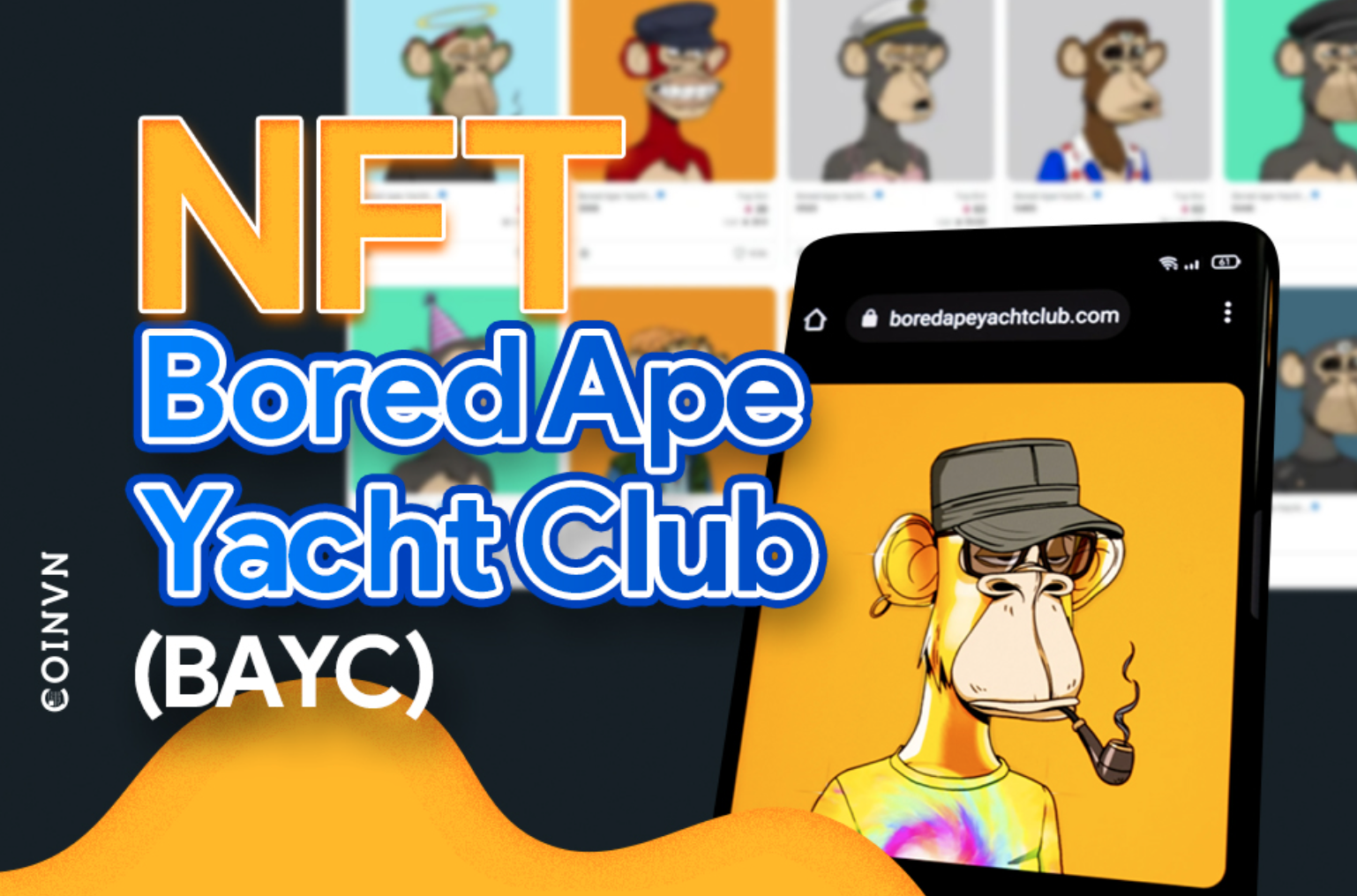After the success of Axie Infinity, many games built on blockchain platforms were developed continuously. NFT Game projects such as Decentraland, Axie Infinity, Gala, The Sandbox, Enjin, etc. are more interesting than ever. So what is NFT Game and what is the difference between the NFT Game and the Traditional Game? Let’s find out through the following article.

What is NFT Game In Details?
First of all, Game NFT is a phrase referring to games developed on the blockchain platform. It is a combination of two terms gaming (Game) and finance (Finance).
Simply put, you join a game on the blockchain platform and can earn income from it. This is similar to playing traditional games and then selling items to earn money. The difference here is that you use blockchain technology, NFT, characters, or items you can trade on markets (Marketplace) and earn cryptocurrency.
NFT Gaming projects run on the blockchain’s distributed ledger, allowing players to take ownership of virtual in-game items. Contrary to the traditional game where users play to win, NFT Gaming projects adopt a Play to Earn model.
In contrast to the traditional Game, the NFT Game rewards players more for all the time and skill they play. And unlike traditional games, they actually own the assets they earn in the game. Of course, thanks to the blockchain, allows them to trade it on different crypto markets.
The Beginning and Development of the NFT Game
The concept of Game NFT appeared in its infancy in early Minecraft servers integrated with Bitcoin, or online games like Bombermine and peer-to-peer services that allowed gamers to earn money from online activities.
At the World Blockchain Conference held in China in November 2019, the founders of blockchain gaming firm MixMarvel highlighted the possibility of using blockchain technology to revolutionize the gaming industry. electronics. Then the term “NFT Game” first appeared in September 2020 in a Twitter post by Andre Cronje, a well-known figure in the blockchain world and the founder of Yearn Finance.
The term has since become widely used to refer to video games that incorporate elements of blockchain-based decentralized finance. The appeal of games in general coupled with the unique features of cryptocurrencies has made Game NFT an extremely attractive new field.
The first NFT titles used the Bitcoin blockchain, but the low transaction fees and speeds spurred the adoption of the blockchain that powers smart contracts. It’s Ethereum.
Game developers used Ethereum extensively and it is still popular today. But there are performance issues due to limited block space. This vulnerability was evident when the popularity of CryptoKitties clogged the Ethereum network in 2017, causing Ethereum’s fees to skyrocket.
CryptoKitties took advantage of the newly defined ERC-721 standard to represent in-game assets in the form of nonfungible tokens (NFTs). Since then, interest in NFT has been growing and performance-optimized blockchains have been launched, creating tremendous innovation in the NFT Game sector exponentially.
How Does the NFT Game Project Work?
General characteristics
- In-game items such as avatars, land, costumes, weapons, gold, tokens, and pets are represented as NFTs, proving ownership of these digital objects.
- Gamers obtain these items through gaming and can trade them on the NFT marketplace for profit, or exchange them for crypto and then exchange for fiat.
- NFT games are distinguished in many different forms. Thereby, the mechanism by which players can generate revenue through their play will be different.
Features of the most popular blockchain game
- Play to Earn: Players receive rewards for completing in-game objectives. The funds awarded in these Play to Earn titles are typically derived from a reserve of Native Tokens held in the smart contract.
- Asset ownership: Digital ownership of unique assets creates economic opportunities that were not possible before.
- Defi features: some NFT Game projects provide passive income. They come in the form of DeFi features, including Staking, Yeild Farming, Liquidity Mining.
- Blockchain Technology: The original NFT game was built on the Bitcoin blockchain. However, with the expansion and increasing complexity, it becomes necessary to move to blockchains based on building with Dapp, like Ethereum, Solana, etc.
Difference Between Traditional Game and NFT Game
NFT gaming, like every other blockchain-based trend, has begun to shake up the traditional online gaming industry. Combining DeFi, NFT, and blockchain technology elements, Game NFT brings a breath of fresh air to this game genre.
The difference between NFT games and traditional games is the ownership of assets, the traceability of those assets, and the transparency of data.
NFT Game projects assume different forms, but most popular crypto and NFT games have features that set them apart from traditional online games. Specifically as:
- Play to Earn Model: Traditional online game that makes money through in-app purchases, affiliate marketing, and advertising. NFT Game projects, users can make money by selling in-game items and earning cryptocurrency.
- A New Approach to Game NFT: Game NFT projects allow players to add real-world value to their in-game purchases. In-game products and items are stored on a distributed public ledger or blockchain running on a blockchain network. This blockchain technology allows in-game tokens and items to be traded into cryptocurrency and eventually actual cash.
- Little or no upfront cost: Most NFT Game games are free to download and play, which makes them more accessible than traditional games. Although there is no upfront cost, some games may require you to purchase in-game tokens, characters, and other items to get started.
- Ownership of in-game assets: NFT Gamers own the assets and NFTs. These will be stored on the blockchain for life. This is in contrast to traditional games, which can be closed at any time, causing gamers to lose all of their in-game assets.
The risks of participating in the NFT game market
When participating in a money-making game, participating investors have 2 main methods: Buy tokens to speculate and wait for the price to increase for profit or play games to receive cryptocurrency.
- The biggest risk is that the project development team may suddenly disappear with investors’ money.
- Even if a developer sticks to his project, high volatility in the price of tokens and NFT assets can still make investors lose money.
- In addition, players may also run the risk of being tricked into transferring items to a scammer’s address or being lured into sending a certain amount of money to activate the item. Unlike the traditional game industry with a management company, in NFT games it is difficult for players to get back lost items.
- Some NFT Game developers have also been criticized for their lack of transparency, making investors angry.
NFT games have been and are a trend worthy of attention in the blockchain world. It is a breakthrough compared to the traditional online game genres as before. Currently, this trend is still and will continue to grow stronger and stronger.
Above is our explanation for the question “What is NFT Game in Crypto World“. Hopefully, after this article, you will understand this method exactly. Wish you all success and see you in the next guides at our site.






